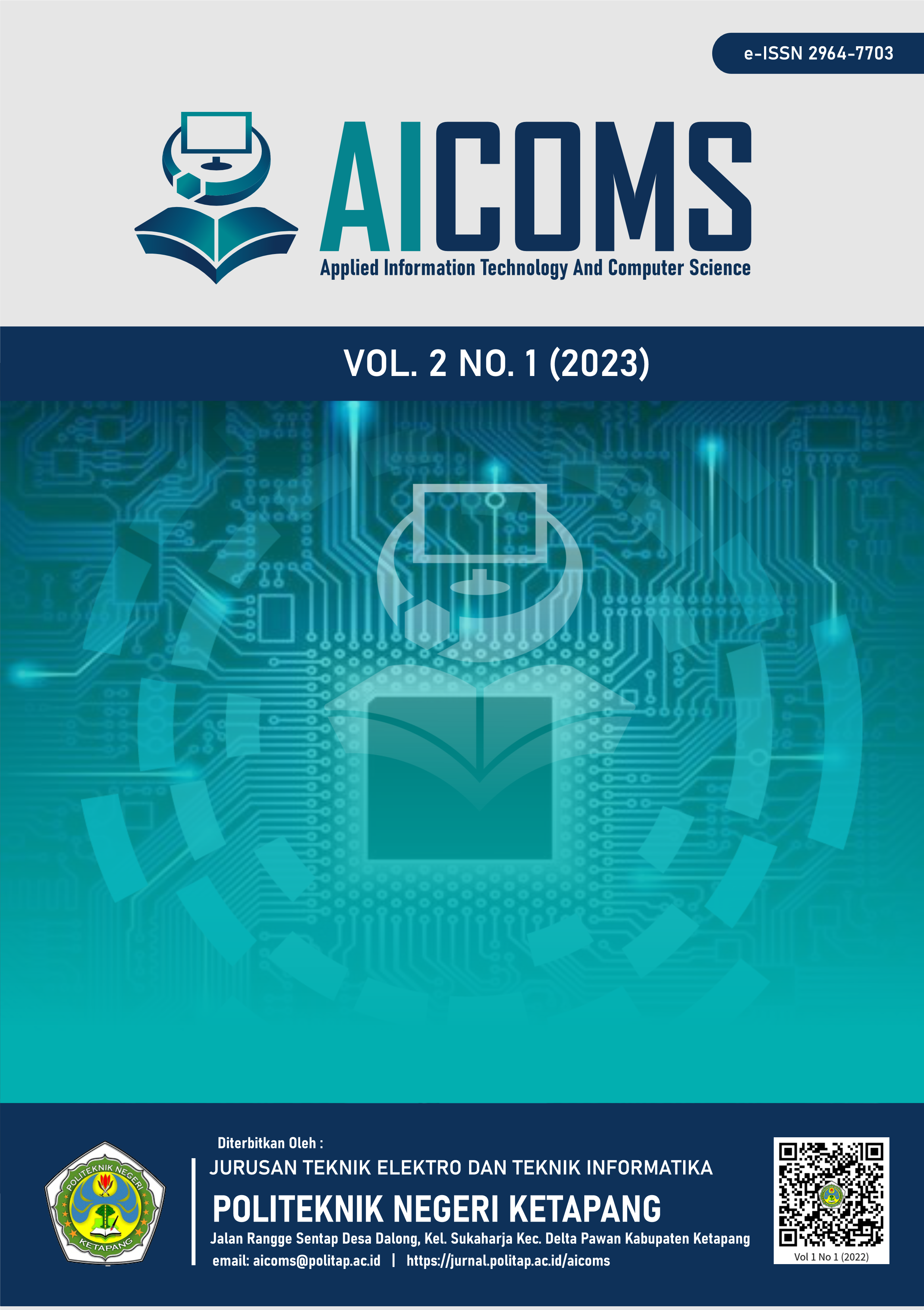Design and Development of a Web-Based Village Information System Using the Scrum Method (Case Study: Penusupan Village, Tegal Regency
DOI:
https://doi.org/10.58466/aicoms.v2i1.1785Keywords:
Metode Scrum, Website, Information system, Penusupan VillageAbstract
Penusupan Village is located in Pangkah District, Tegal Regency. The limited use and implementation of information system technology in local governance have resulted in the village not yet having an optimal information system service for its residents. For example, population data management is still unclear—there are instances where names of deceased individuals remain listed as eligible voters, which should have already been addressed by the village's administrative services. This issue became the basis for designing an information system for Penusupan Village. An information system is a set of components that processes, stores, analyzes, and distributes information, consisting of people, technology, and work procedures to achieve specific goals. The proposed information system for Penusupan Village is developed in the form of a website, aimed at supporting data management and providing accessible information services for the community. The system design is carried out using the Scrum methodology as the research approach. Scrum is a process framework used to manage complex product development. The Penusupan Village information system website utilizes the Laravel framework for the back-end and Bootstrap for the front-end, supported by the PHP programming language. The use of PHP is intended to ensure the website functions dynamically while enabling faster, more secure, and more efficient development.
References
D. P. R. RI and P. RI, UNDANG-UNDANG REPUBLIK INDONESIA NOMOR 6 TAHUN 2014 TENTANG DESA. 2014.
S. Romzah Isnini, N. Hikmah, and T. Asrori, “Sistem Informasi Desa Berbasis Web Di Desa Sumbersuko,” J. Inform. dan Tek. Elektro, vol. 1, 2022, doi: 10.11591/eei.v9i3.xxxx.
N. Angelina Efrida Purba, Catur Putro Utomo, “Sistem Kependudukan Desa Berbasis Web Kabupaten Tangerang,” J. CERITA, vol. 3, no. 2, pp. 217–227, 2017.
P. RI, UNDANG-UNDANG REPUBLIK INDONESIA NOMOR 5 TAHUN 1979. 1979.
A. Mulyanto, Sistem Informasi: Konsep & Aplikasi. Yogyakarta: PUSTAKA PELAJAR, 2009.
Fatimah and Samsudin, “Perancangan Sistem Informasi E-Jurnal Pada Prodi Sistem Informasi Diuniversitas Islam Indragiri,” J. Perangkat Lunak, vol. 1, no. 1, pp. 33–49, 2019, doi: 10.32520/jupel.v1i1.782.
M. E. Vermaat, Susan L. Sebok, S. M. Freund, J. T. Campbell, and M. Frydenberg, Discovering Computers 2018: Digital Technology, Data, and Devices. Cengange Learning, 2017.
Widiarina, F. Agustini, R. S. Widiyanto, and S. Hartini, “Metode Agile Pada Pembuatan Website Services and Sales Printer Ink,” Inf. Manag. Educ. Prof., vol. 4, no. 2, pp. 143–152, 2020, [Online]. Available: http://ejournal-binainsani.ac.id/index.php/IMBI/article/view/1350.
A. Andipradana and K. Dwi Hartomo, “Rancang Bangun Aplikasi Penjualan Online Berbasis Web Menggunakan Metode Scrum,” J. Algoritm., vol. 18, no. 1, pp. 161–172, 2021, doi: 10.33364/algoritma/v.18-1.869.
M. M. Laila, A. P. Wibawa, I. A. E. Zaeni, and Z. Zuhriyah, “Implentasi Scrum pada Pengembangan Aplikasi Sistem ADI STETSA SMAN 4 Malang: Bidang Unit Penjamin Mutu,” J. Inov. Teknol. …, vol. 1, no. 7, pp. 526–535, 2021, doi: 10.17977/um068v1i52021p526-535.
K. Schwaber and J. Sutherland, “The Scrum Guide: The Definitive The Rules of the Game,” Scrum.Org and ScrumInc, no. November, p. 19, 2017, [Online]. Available: http://www.scrumguides.org/docs/scrumguide/v1/Scrum-Guide-US.pdf.
Downloads
Published
Issue
Section
License
Copyright (c) 2023 Dias Akhdan Syarif Hidayatullah, Dedy Agung Prabowo , Nicolaus Euclides Wahyu Nugroho

This work is licensed under a Creative Commons Attribution-NonCommercial-ShareAlike 4.0 International License.








